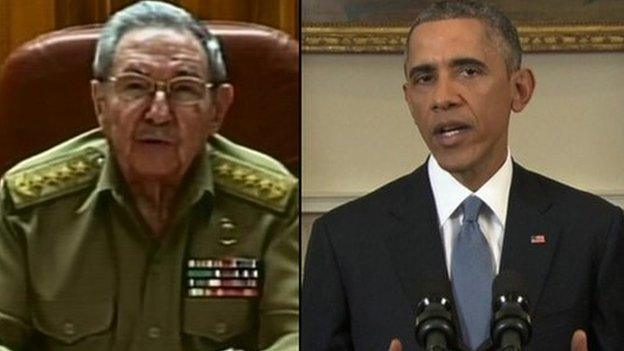Visa protest sign of new boldness in Cuba
- Published
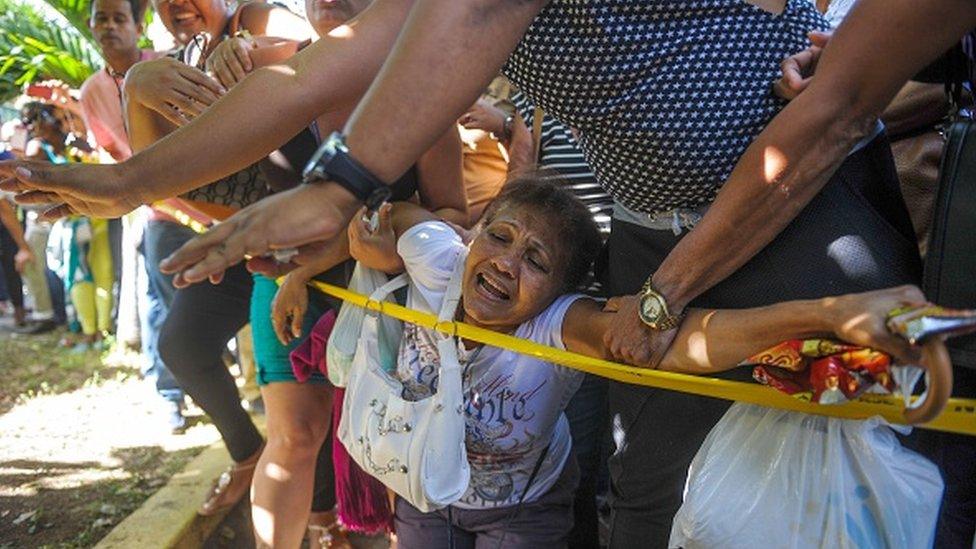
Cubans vented their anger outside the Ecuadorean embassy in Havana
As Europe's winter approaches and many hundreds of thousands of immigrants across the continent face an uncertain future, in Havana rare street protests have been held in recent days over a separate, very different kind of immigrant crisis that's taking place in Latin America.
It is a journey which begins in Cuba, but takes in Ecuador in the Andes and Central American nations such as Costa Rica and Nicaragua.
It involves political allegiances between long-standing allies and new relationships between former Cold War foes.
And, of course, it involves the immigration policies of the migrants' ultimate destination, the US.
Late on Thursday, Ecuador's foreign ministry announced that from 1 December Cubans would require a visa to enter the country.
For many Cubans, the news was a blow.
In fact, Ecuador was reimposing a measure it had lifted on its socialist ally in April 2014.
For 18 months, Cubans had enjoyed the freedom to travel to the South American nation without restriction.
Ecuador quickly became a popular destination for Cubans as it presented them with two important opportunities.
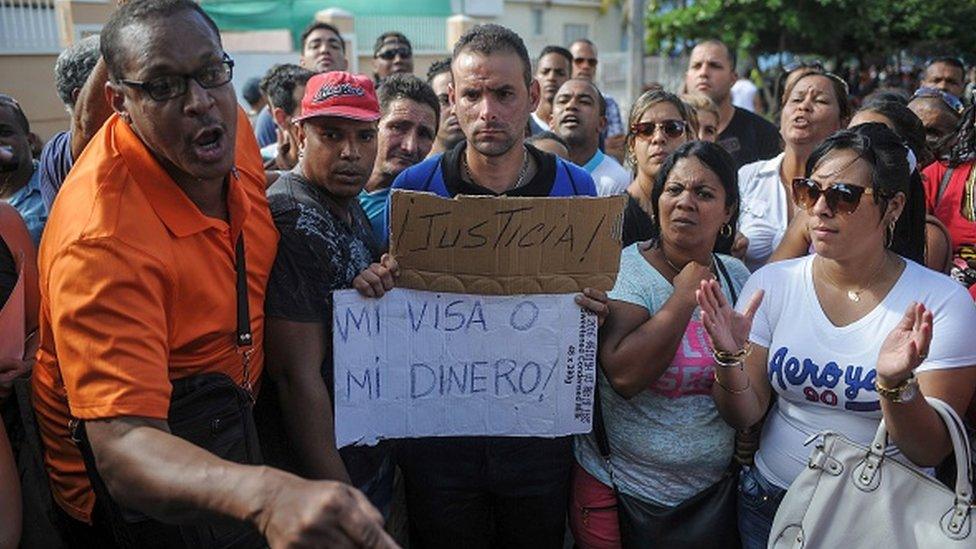
Such overt public protests are not a common sight in Cuba
First, the rare chance to travel abroad to a comparatively affordable holiday destination - one where they could load up on much-needed goods and electrical items, often with the intention of reselling them on the black market back in Cuba.
Second, for thousands of Cuban immigrants it became the first step on a 5,500 km trip north to the US.
Ecuador's decision came as around 3,000 Cubans sit stranded in Costa Rica, external amid a stand-off with Nicaragua.
Costa Rica is urging its Central American neighbours to grant safe passage to the Cubans, to allow a kind of "humanitarian corridor'" so they can reach the US.
But Nicaragua, led by Raul Castro's old ally, President Daniel Ortega, is refusing to let them in and is taking what appears to be a harder line on Cubans passing through their territory on the route north.
Cuba has said the immigrants can return home but it is clear that they have no intention of abandoning their trip.
Instead, they are left in limbo on Costa Rica's northern border.
Ecuador announced its plan to require a visa for Cubans following an emergency meeting in El Salvador - seemingly echoing Nicaragua's tougher stance.
The Ecuadorean Foreign Ministry said they still welcomed Cubans to the country, but were committed to "efforts by the Latin American community to prevent migration without authorisation".
Meanwhile, those Cubans who had already bought plane tickets for Ecuador were caught by surprise by the news and without visas face losing their flights and their money.
But significantly, their reaction was one not often seen in Cuba.
Anger on the streets
Rather than meekly accept the decision of the authorities, they took to the streets outside the Ecuadorean embassy to demand their visas be issued immediately.
Protests that aren't government organised are very rare in Cuba and in this instance, police cordoned off several streets around the embassy building.

Relations have improved significantly between Cuba and the US
Ecuadorean diplomats used loudspeakers to address the crowd, who had started to chant for visas, insisting that they would have to apply for them online.
Given how little internet access there is in Cuba, and how difficult and expensive it is for people to get online, that was never going to placate the crowd.
At the same time, there were also queues forming outside the offices of the Copa and Avianca airline companies, as frustrated customers demanded refunds on their tickets.
Some were desperate, having spent up to $800 (£531) on their tickets, a huge sum for most Cubans.
Others were visibly angry - both at the Ecuadorean Government for taking the measure, thereby cutting off one of their few routes out of Cuba, and at the Cuban Government of Raul Castro, at whose behest they believe Quito is acting.
By Saturday, Ecuador's Foreign Minister, Ricardo Patino, said that those Cubans who had bought tickets before the announcement would be issued visas for travel.
But even that wasn't enough to send home some in the crowd, who resolutely stayed put until their individual cases were resolved.

Will Grant reports from outside what will become the US embassy in Havana
US embargo
The US broke off diplomatic relations with Cuba in 1959 after Fidel Castro and his brother Raul led a revolution toppling US-backed President Fulgencio Batista. The Castros established a revolutionary socialist state with close ties to the Soviet Union.
The following year, the US imposed a trade embargo covering nearly all exports to Cuba. This was expanded by President Kennedy into a full economic embargo that included stringent travel restrictions.
The embargo is estimated to have cost the Cuban economy more than $1.1tn and the US economy $1.2bn a year.
In September, the US announced eased restrictions on business and travel with Cuba, the latest move by President Barack Obama to improve relations with the country.
US businesses will now be allowed to open up locations in Cuba.

For its part, the Cuban government has consistently blamed the situation on the US and its immigration policies that favour Cubans.
Specifically the Cuban Adjustment Act and the famed "wet foot, dry foot" policy, which give Cubans who reach US soil automatic legal residency and the right to apply for citizenship.
This, the Castro Government says, is the carrot in Washington's policy towards Cuba (the trade embargo on the island being the stick).
In fact, the number of Cubans making the vast trip from the Andes up to the US-Mexico border has risen significantly since the detente, external between the US and Cuba was announced on 17 December last year.
Many Cubans fear the days of their special privileges in the US are numbered and those who want to get to the US to claim residency now see it as a race against time.
With Ecuador closing one loophole and Nicaragua posting troops to its border with Costa Rica in the continuing impasse over the stranded immigrants, it certainly seems that Cuba's allies intend to make that journey even harder.
- Published25 November 2015
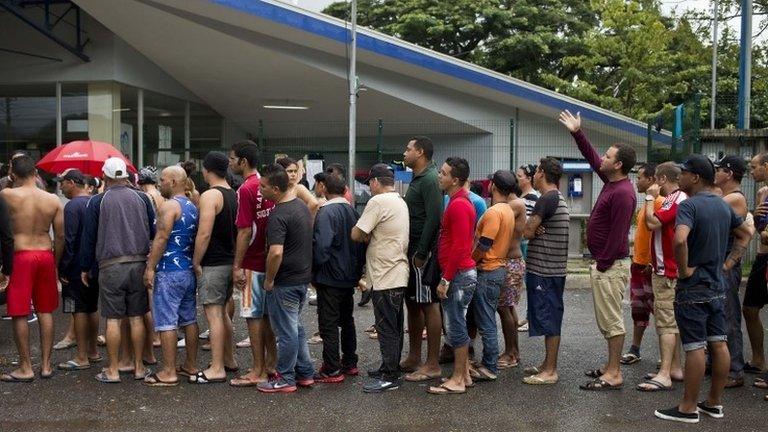
- Published29 September 2015
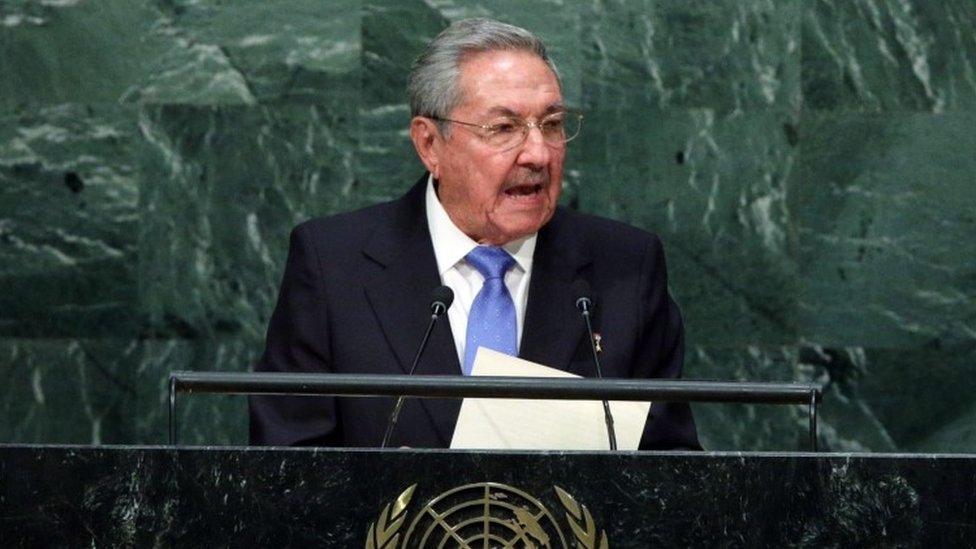
- Published29 September 2015
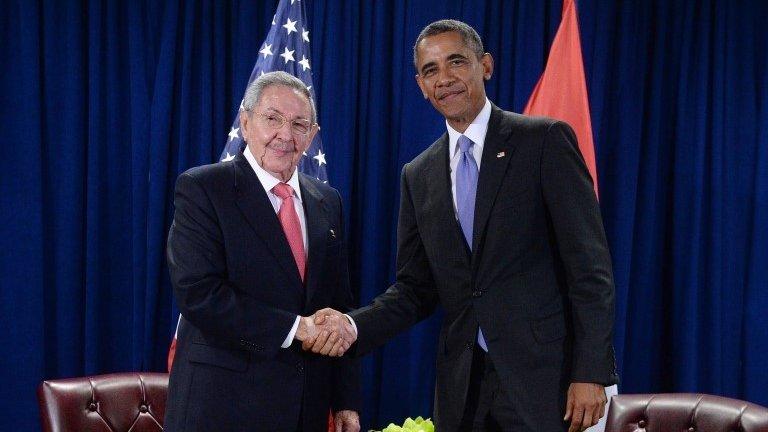
- Published18 September 2015

- Published16 July 2015

- Published1 July 2015
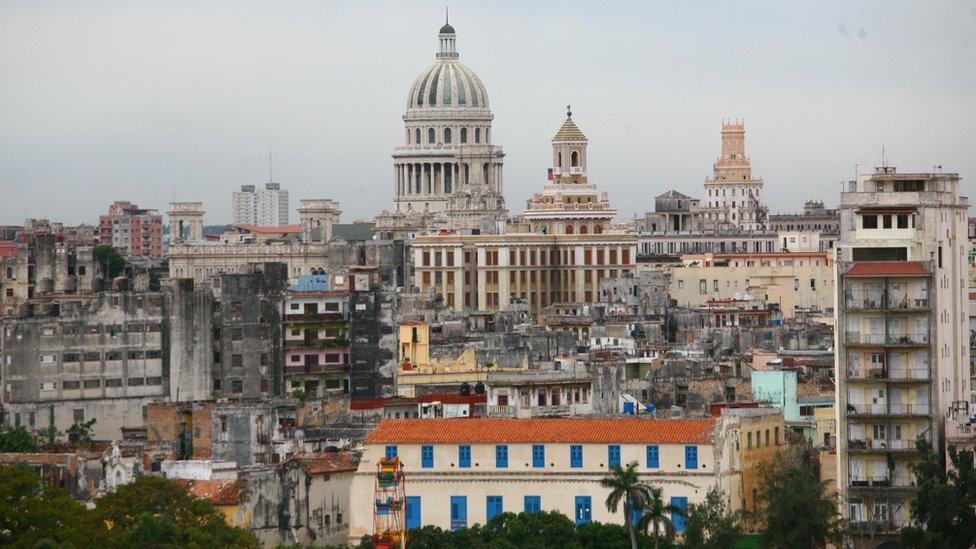
- Published12 April 2015
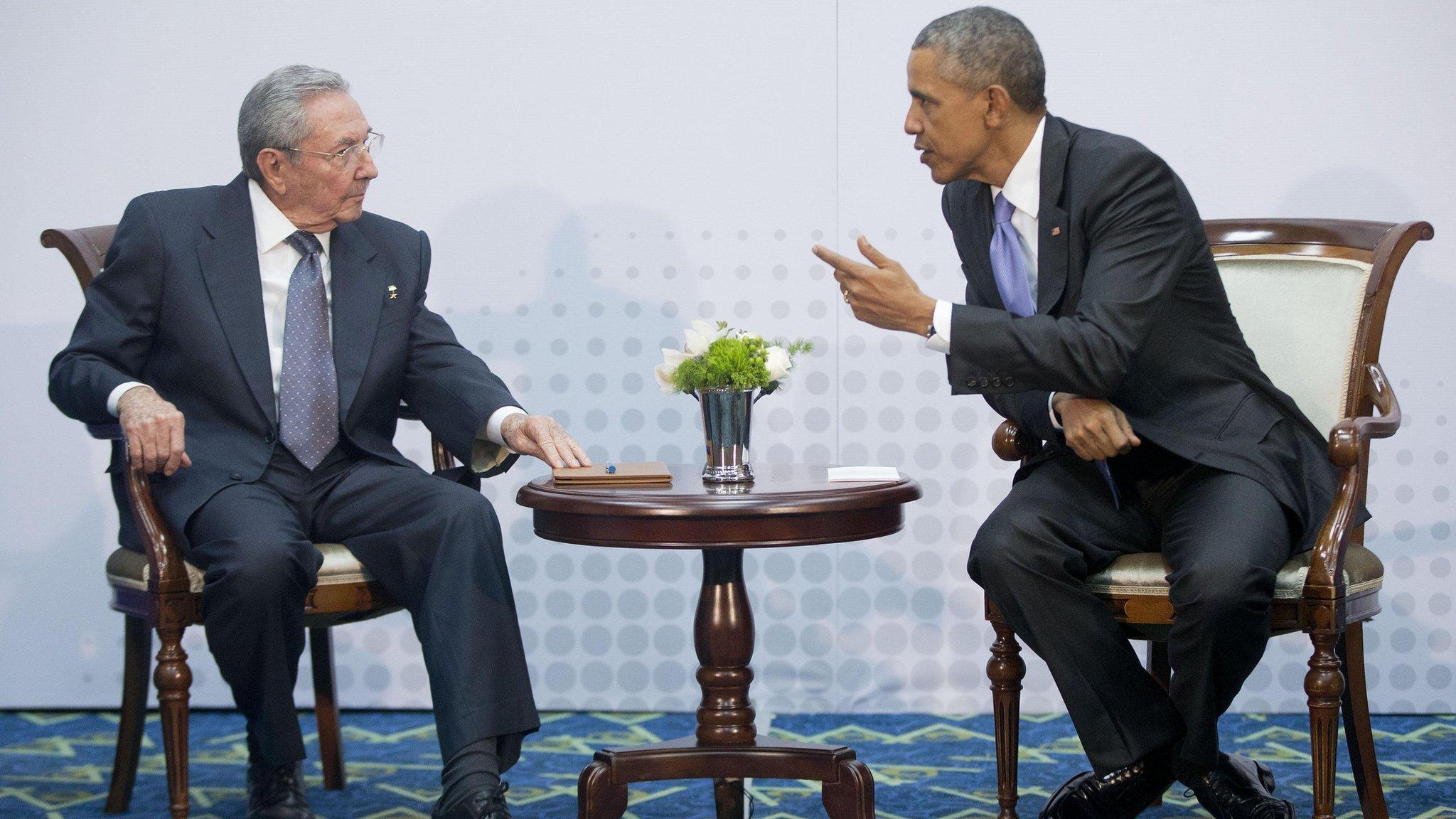
- Published8 April 2015

- Published14 August 2015
